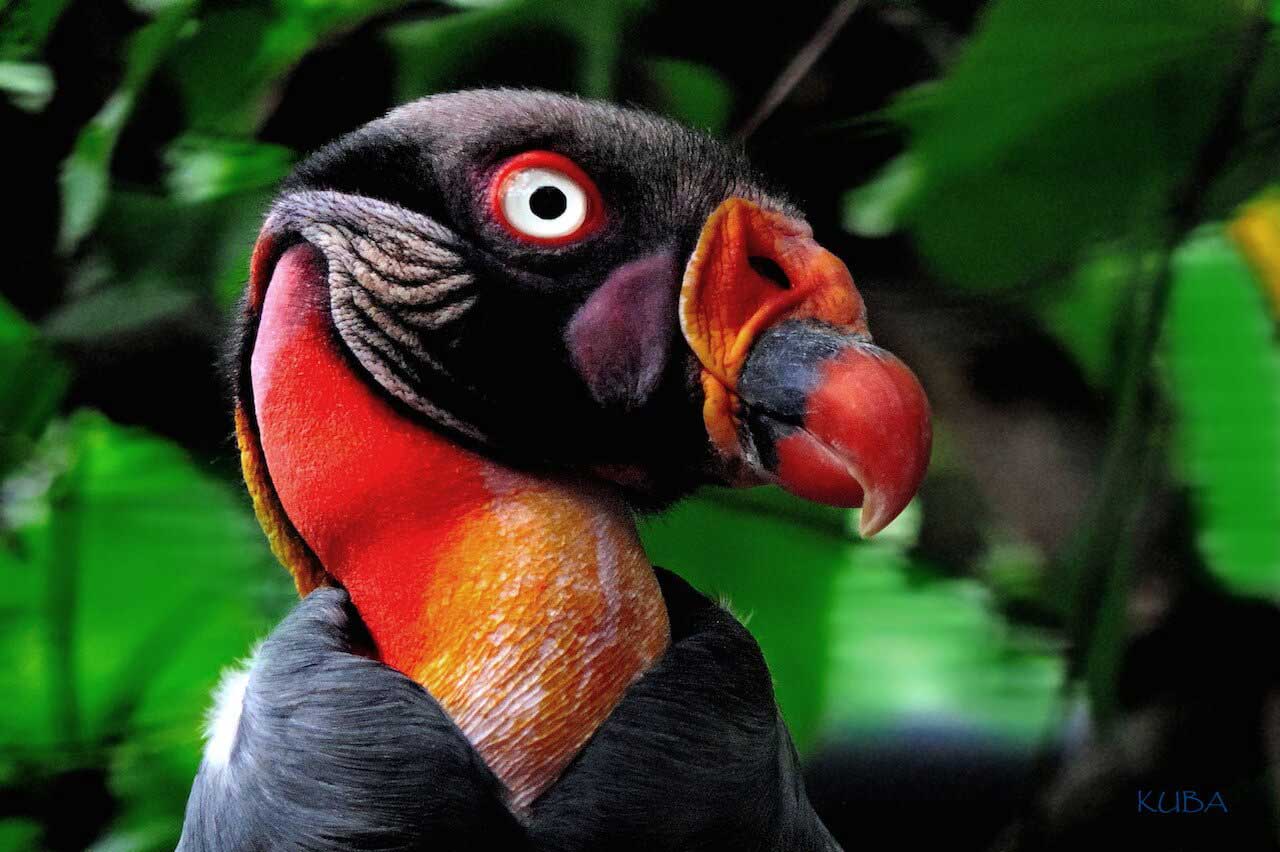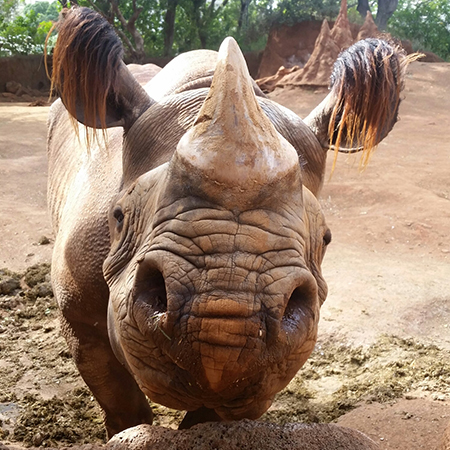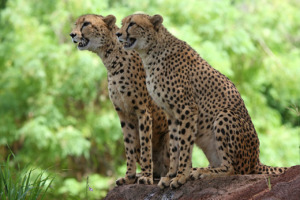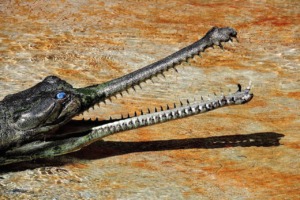we're stronger together
Conservation Programs
Species Survival Plan – A cooperative program designed to maintain a viable population of a species in captivity. The ultimate goal of a SSP program is to utilize the captive population to prevent the extinction of the species in the wild. The Honolulu Zoo participates in a number of SSPs including species that are at our Zoo as well as Honolulu Zoo animals currently at other zoos around the world. Learn More.
The Honolulu Zoo falls under the jurisdiction of USDA-APHIS/VS (US Dept. of Agriculture-Animal and Plant Health Inspection Service/Veterinary Services) which enforces the Animal Welfare Act. The Zoo is usually inspected annually by a federal veterinarian (more often if other issues come up) to insure that we meet the standards as stated in the Animal Welfare Act for mammals. Upon meeting the standards, we are issued an exhibitor’s license which allows us to display animals to the public.
The USDA-APHIS/VS also inspects animal shipments for the Honolulu Zoo going to and arriving from foreign countries to insure that the proper health documents are accompanying the shipment and that the required pre-import/export testing has been completed.


living at the zoo
Endangered Species
An endangered species is a species which has been categorized as likely to become extinct. Endangered, as categorized by the International Union for Conservation of Nature (IUCN) Red List, is the second most severe conservation status for wild populations in the IUCN’s schema after Critically Endangered.
Many factors are considered when assessing the conservation status of a species; e.g., such statistics as the number remaining, the overall increase or decrease in the population over time, breeding success rates, or known threats.
Click below to view the endangered species you’ll experience on your trip to the Honolulu Zoo.
 Manchurian crane (on loan to other institutions)
Manchurian crane (on loan to other institutions)- Marianas Fruit Dove
- Palawan peacock pheasant
- Palm Cockatoo
- Laysan Teal
- Nene
- Cuban Amazon
 Black rhino
Black rhino- Cheetah
- Chimpanzee
- Golden lion tamarin
- Ring-tailed lemur
- African wild dogs
- Asian elephant
- Ruffed lemur
- Siamang gibbon
- Sumatran tiger
- White-handed gibbon
 Angulated tortoise
Angulated tortoise- Galapagos tortoise
- Gharial
- Giant South American River turtle
- Komodo dragon
- Radiated tortoise
- South East Asian River terrapin

